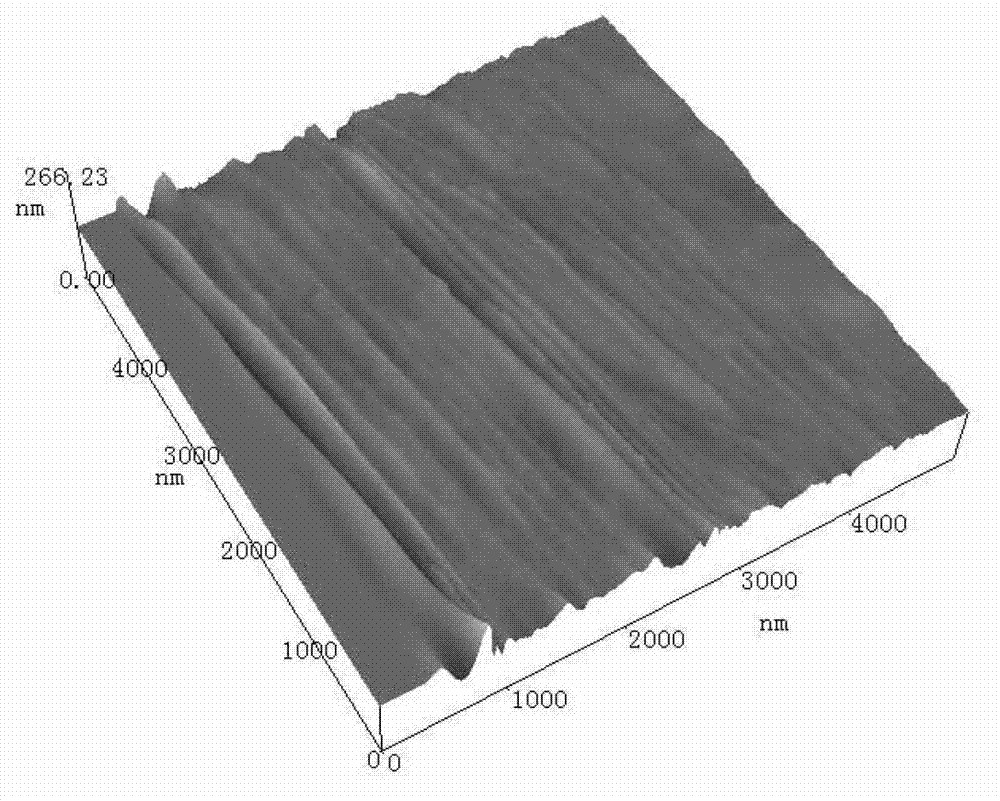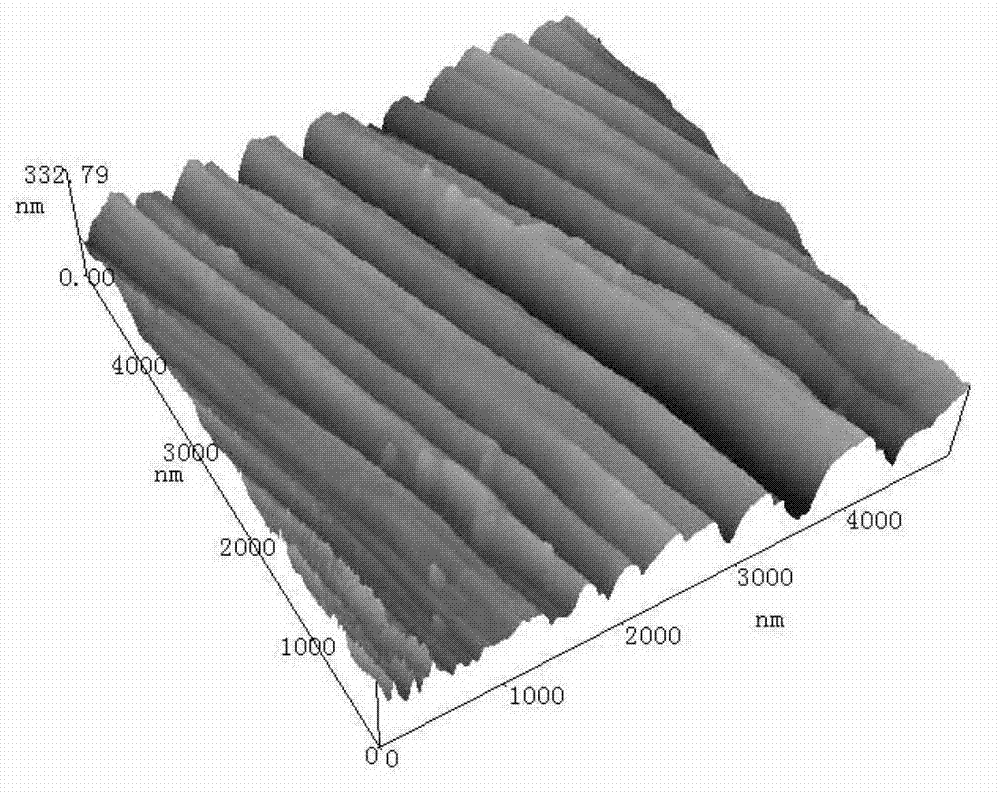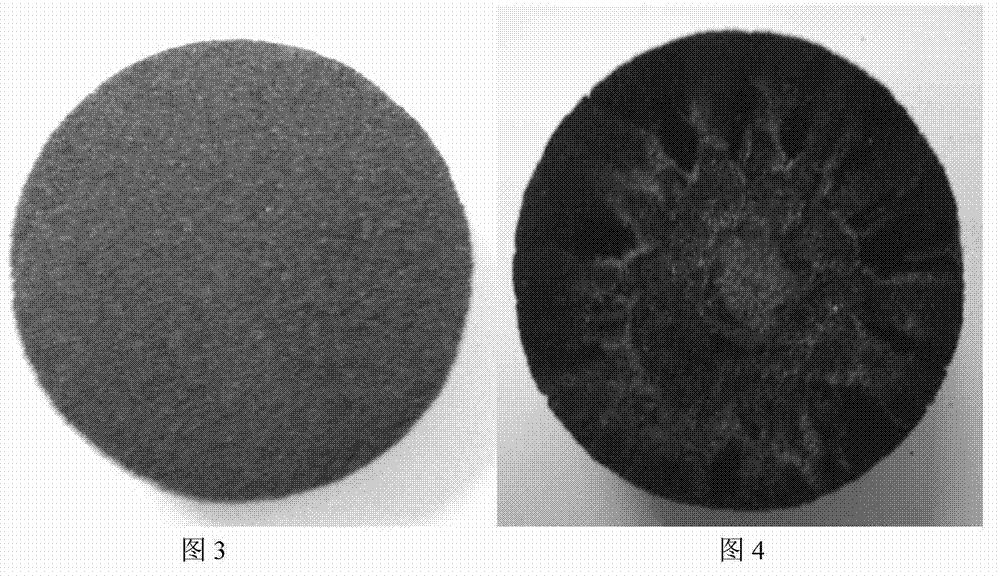Preparation method of thermal-protection ablative material
A technology of ablation material and heat protection, which is applied in the field of preparation of heat protection materials, can solve the problems of high density of heat protection ablation materials, achieve the goal of improving bonding performance, high surface strength, improving ablation performance and heat insulation performance Effect
- Summary
- Abstract
- Description
- Claims
- Application Information
AI Technical Summary
Problems solved by technology
Method used
Image
Examples
specific Embodiment approach 1
[0020] Specific embodiment 1: The preparation method of a kind of thermal protection ablation material of this embodiment is carried out according to the following steps:
[0021] 1. First weigh 30% to 60% of boron phenolic resin and 40% to 70% of microsphere filler according to mass percentage, and then weigh carbon nanotubes according to 1% to 20% of the total mass of boron phenolic resin and microsphere filler , then weigh the chopped carbon fiber by 1 to 3% of the total mass of the boron phenolic resin and the microsphere filler; then weigh the coupling agent by 0.5% to 2% of the total mass of the boron phenolic resin and the microsphere filler;
[0022] 2. Submerge the chopped carbon fiber weighed in step 1 in acetone for 12-20 hours, rinse it with distilled water and dry it, then immerse the chopped carbon fiber in concentrated nitric acid with a concentration of 68% for 2-3 hours, and then Rinse with distilled water and dry, and finally immerse the chopped carbon fiber ...
specific Embodiment approach 2
[0028] Embodiment 2: This embodiment differs from Embodiment 1 in that the boron phenolic resin pyrolysis carbon residue rate in step 1 is ≥ 70%. Others are the same as the first embodiment.
specific Embodiment approach 3
[0029] Specific embodiment three: the difference between this embodiment and specific embodiment one is that the boron phenolic resin pyrolysis char residue rate in step one is 75%. Others are the same as the first embodiment.
PUM
| Property | Measurement | Unit |
|---|---|---|
| Density | aaaaa | aaaaa |
| Wire ablation rate | aaaaa | aaaaa |
| Mass ablation rate | aaaaa | aaaaa |
Abstract
Description
Claims
Application Information
 Login to View More
Login to View More - R&D
- Intellectual Property
- Life Sciences
- Materials
- Tech Scout
- Unparalleled Data Quality
- Higher Quality Content
- 60% Fewer Hallucinations
Browse by: Latest US Patents, China's latest patents, Technical Efficacy Thesaurus, Application Domain, Technology Topic, Popular Technical Reports.
© 2025 PatSnap. All rights reserved.Legal|Privacy policy|Modern Slavery Act Transparency Statement|Sitemap|About US| Contact US: help@patsnap.com



